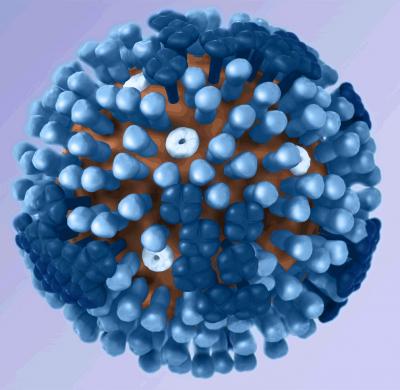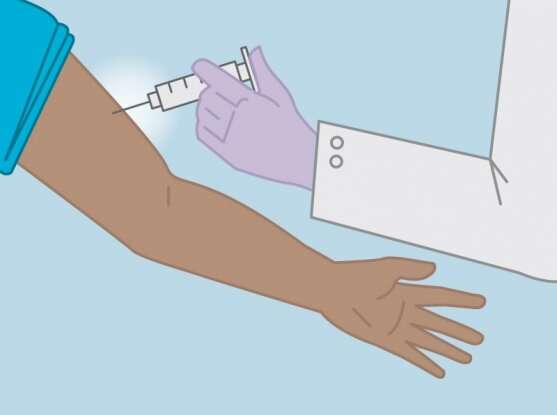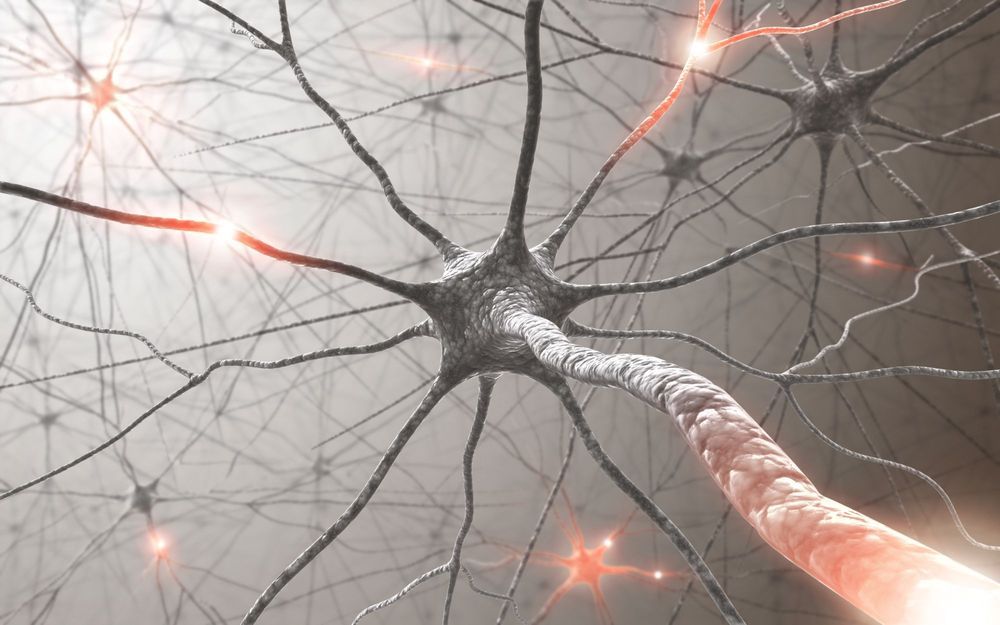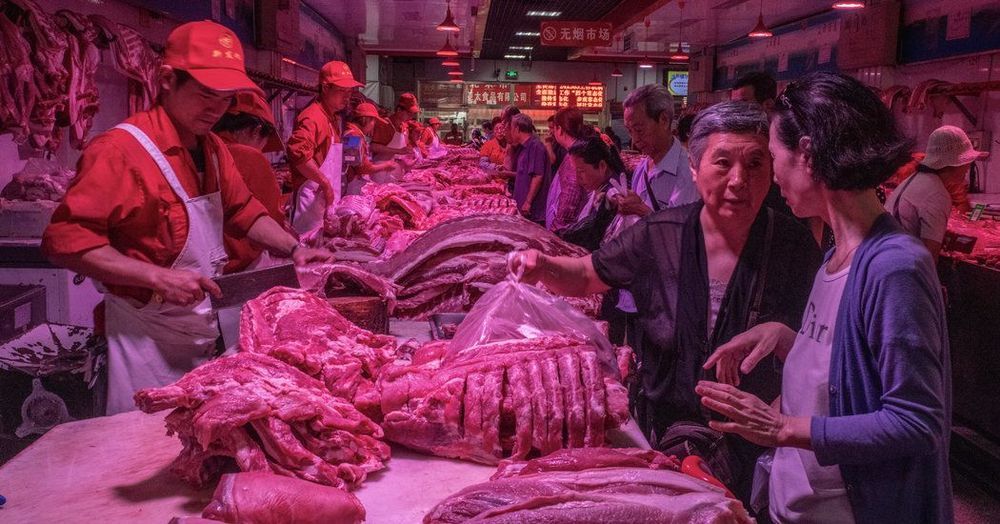Inhale flu viruses after vaccination, and the body responds with an explosion of flu-fighting antibodies, courtesy of a deep-seated memory in the immune system, a response scientists are now finding relies heavily on a complex biological conversation—” crosstalk” between the immune and central nervous systems.
A new investigation underway at the Feinstein Institutes for Medical Research in New York is revealing an interdependence between the immune and nervous system responses to any form of immunization. It has long been known that mammals store memories in the nervous and immune systems. Asking whether the two systems worked together in response to infiltrators—foreign antigens—marks a new line of scientific inquiry.
In their investigation, Feinstein researchers led by Dr. Kevin Tracey have found that antibody responses to immunization require sensory neurons. The research is posted on bioRxiv (pronounced “bio-archive”), a compilation of prepublished studies in the biological sciences.





